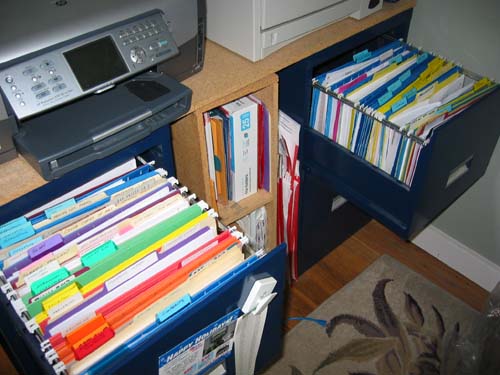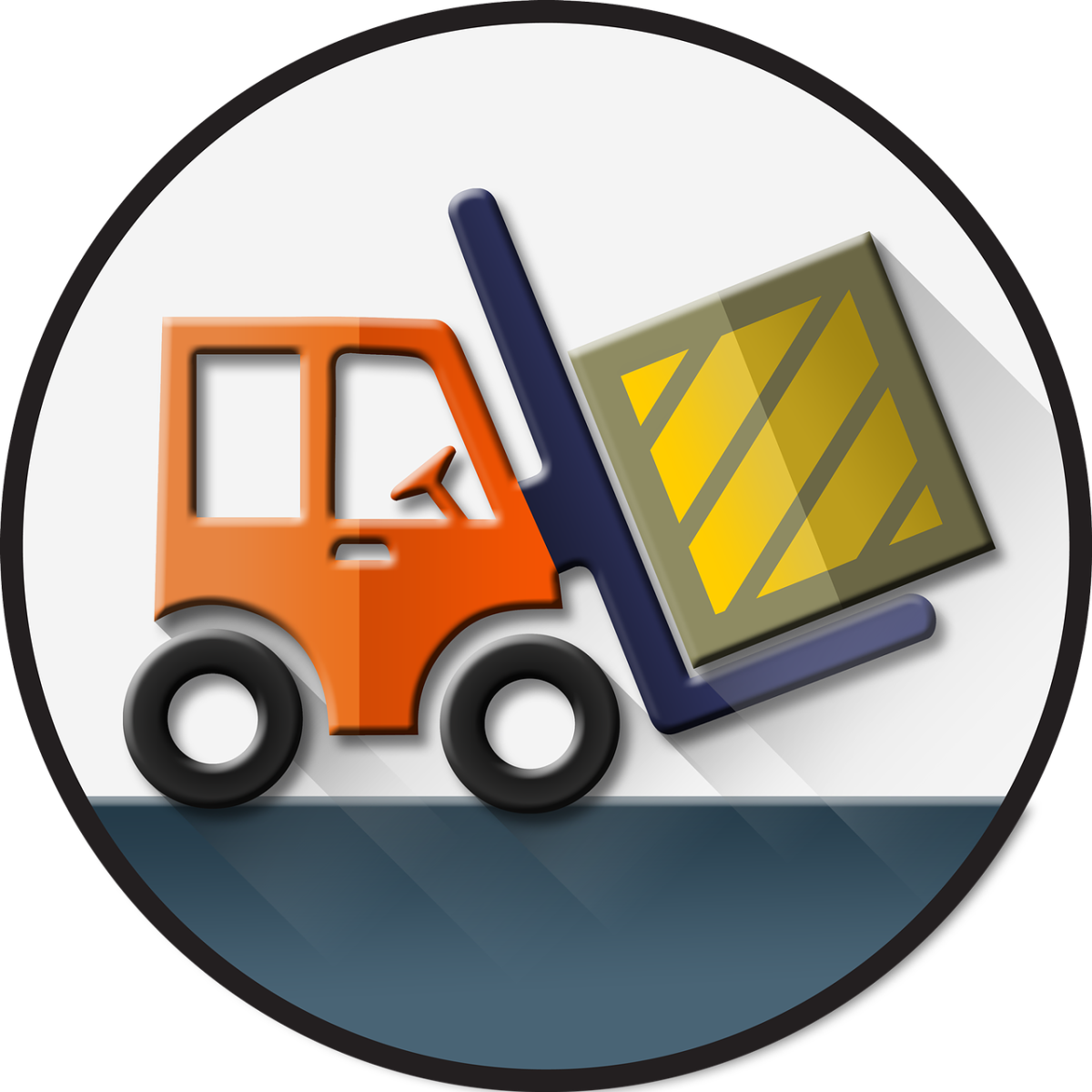Determining Individual Training Needs

Introduction
When adults are enrolled in formal educational programs, it is usually for a specific purpose. They are often goal-oriented and come to a learning situation in order to meet immediate needs. Whether enrollment is voluntary or involuntary, they expect that their investment of time and energy will bring tangible, useful results. They expect that their needs will be addressed and their goals will be met.
Identifying What Information Is Needed
A need represents the difference between where you are and where you want to be. In vocational-technical programs, training needs come from two sources:
- the requirements and the standards of the occupation, and
- the goals and experiences of the learners
To determine the training needs to be addressed in an adult occupational program, the two sources must be tapped. Only then can you accurately determine:
- where the learners are,
- where they need or want to be, and consequently,
- what learning experience should be included in the program
What Information?
Before you gather information about the adult learners in your class, you first need to pinpoint your information needs. Generally, instructors of adults find they need to obtain the following types of information about their students:
- demographics
- learning styles
- past experiences
- past education
- career goals
- learning objectives
- basic skills

How to Secure Information
Commonly used information-gathering methods are as follows:
- Referral to existing information
- Information cards
- Group discussions
Planning and selecting topics for discussion
- Life roles
- Motivation for enrollment and learning objectives
- Learning styles
- Career goals
- Training needs
- Goals
Preparing questions for discussion
- Your role as facilitator
- Arranging the physical setting
- Recording relevant information
- Limitations of group information
- Questionnaires/surveys
- Objective information
- Basic skills
- Additional information
Selecting information
Formulating questions
- Short-answer items
- Checklists
- Stem items
- Short essay items
- Priority lists
- Additional information, comments, requests
- Informal interviews
- Standardized tests
- Self-assessment tests

Questionnaire and Survey Items
Short-Answer Items
How many years of education beyond high school have you completed?
What type of program were you enrolled in?
Did you receive a degree or certificate? ___ yes ___ no
What courses have you taken or are you currently taking that are related to this course?
Is this your first vocational-technical training experience? ___yes ___no
What is your current occupation?
Checklist Items
Why did you enroll in this course? Check all the items that apply.
_____ To obtain vocational training
_____ To retain present employment
_____ For professional advancement
_____ Considering a career change
_____ For personal enjoyment and enrichment
_____ To meet new people and have new experiences
_____ Other (please describe) __________________________________
Stem Items
Please complete the following items.
In this program, I plan to learn to ______________________________
The easiest way for me to learn something is _______________________
This program will help me in my personal development by ____________
Short Essay Items
Briefly describe the responsibilities of your current occupation.
How do you expect participation in this program to improve your career?
Briefly describe your reasons for enrolling in this program.
How do you most prefer to spend your free time?
Priority List Items
List and rank-order the five most important skills you expect to gain in this class.
List and rank-order the five most important things you expect to achieve/acquire as a result of gaining these skills.
List and rank-order your three most important life responsibilities at the present.

Maintaining Student Records
Depending on the specific learning situation, student records may include some or all of the following items:
- Basic information cards or sheets
- Completed needs questionnaires or surveys
- Information provided from the intake process
- Standardized test results
- Attendance records
- Brief summaries of tasks learners have performed, dates performance occurred, and the performance rating given
- Grades, dates, and evaluations of learners’ projects
- Notes form observations, interviews, and group discussions
- Notes about learners’ individual instructional plans, modifications, and additions to the overall plan
- Copies of model students papers and tests
- Copies of student work that may serve as documentation should evaluations and grades be challenged later

Organization of Records
It is relatively simple to set up a record-keeping system that will meet your needs. There are a few basic rules in this procedure:
- Minimize, as much as is practical, the number of records you keep.
- Include only information that is relevant to meeting individual needs, evaluation needs, and institution requirements.
- Record grades, attendance, etc., in chronological order.
- Logically sequence related types of information.
- File information about individuals in alphabetical order by surname.
- Make records easy to use—whether for quick reference, for adding new information, or for forwarding information to program administrators when required.
- Keep up-to-date with record-keeping activities.

Basic Methods of Record Keeping
It is possible to develop a relatively simple record keeping system by using one or more of the following methods:
- Records books
- Record-keeping forms
- Index card files
- Loose-leaf notebooks
- Other storage devices
Once you have determined individual needs then you will be able to streamline your teaching to incorporate the various goals of your adult students.
© 2014 Jacqueline Williamson BBA MPA MS







